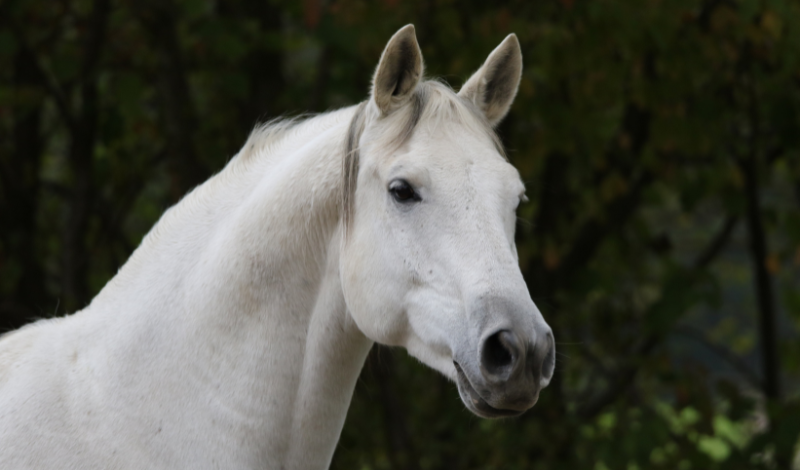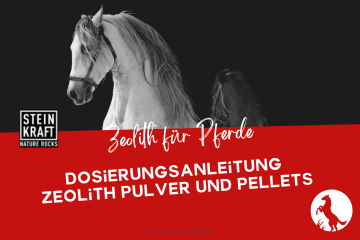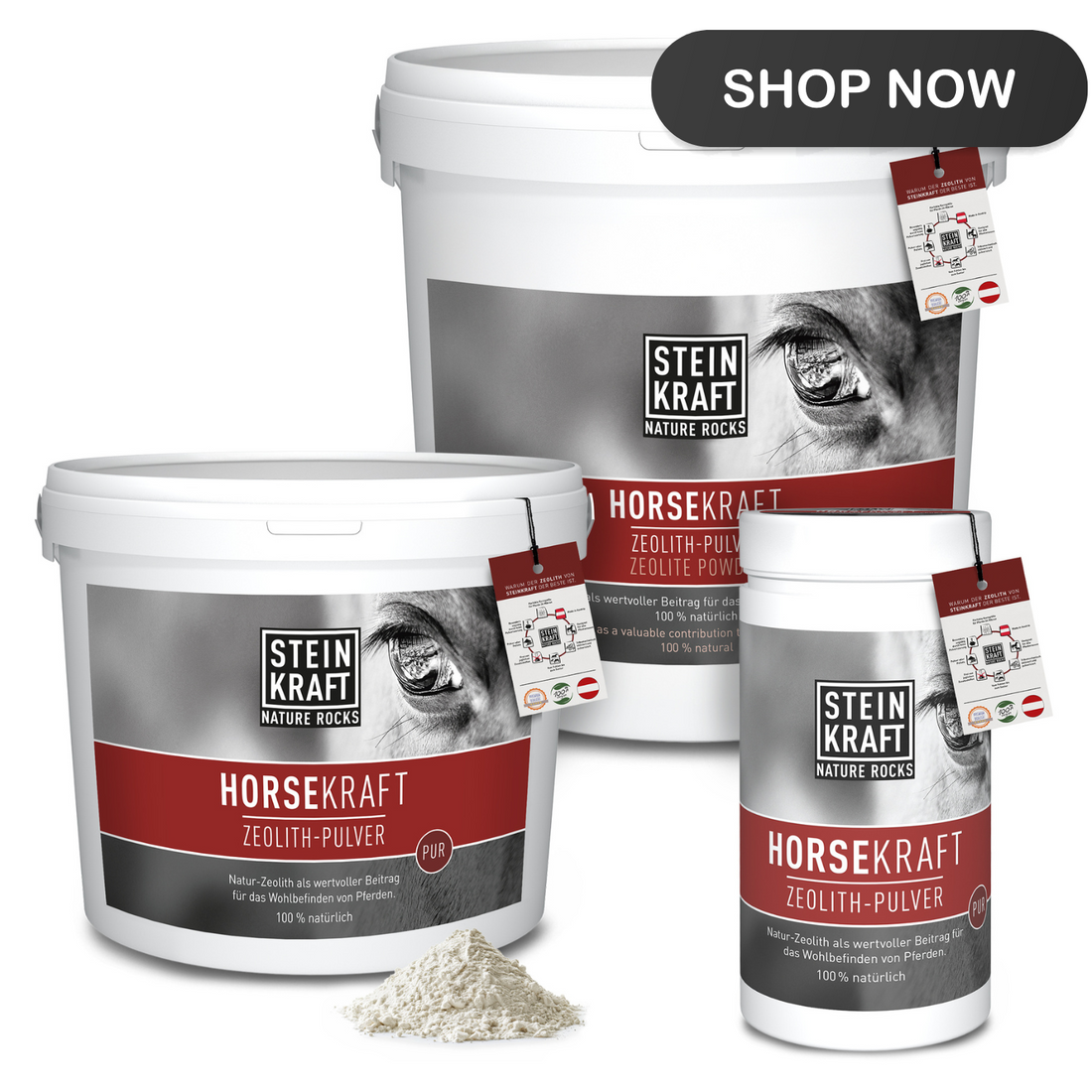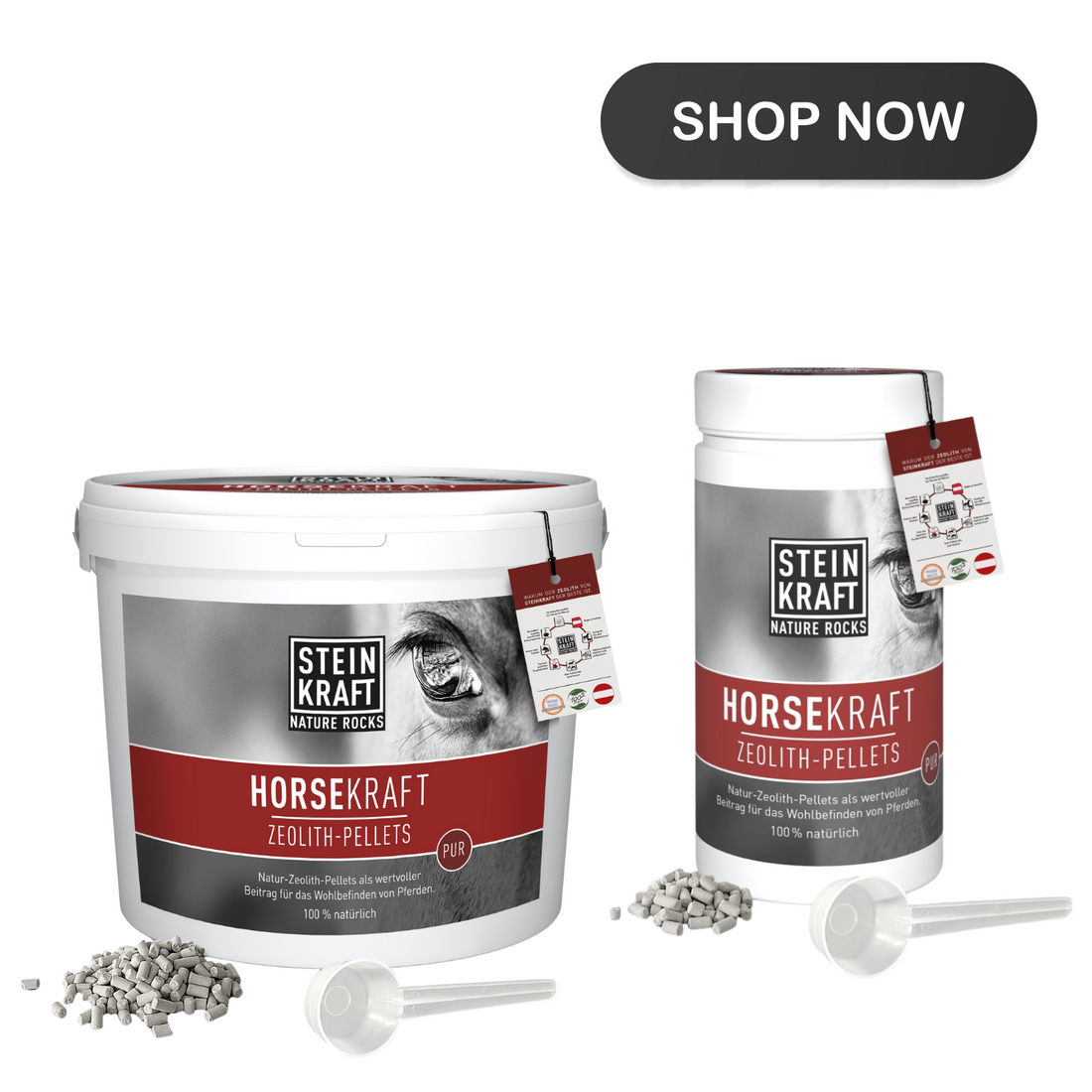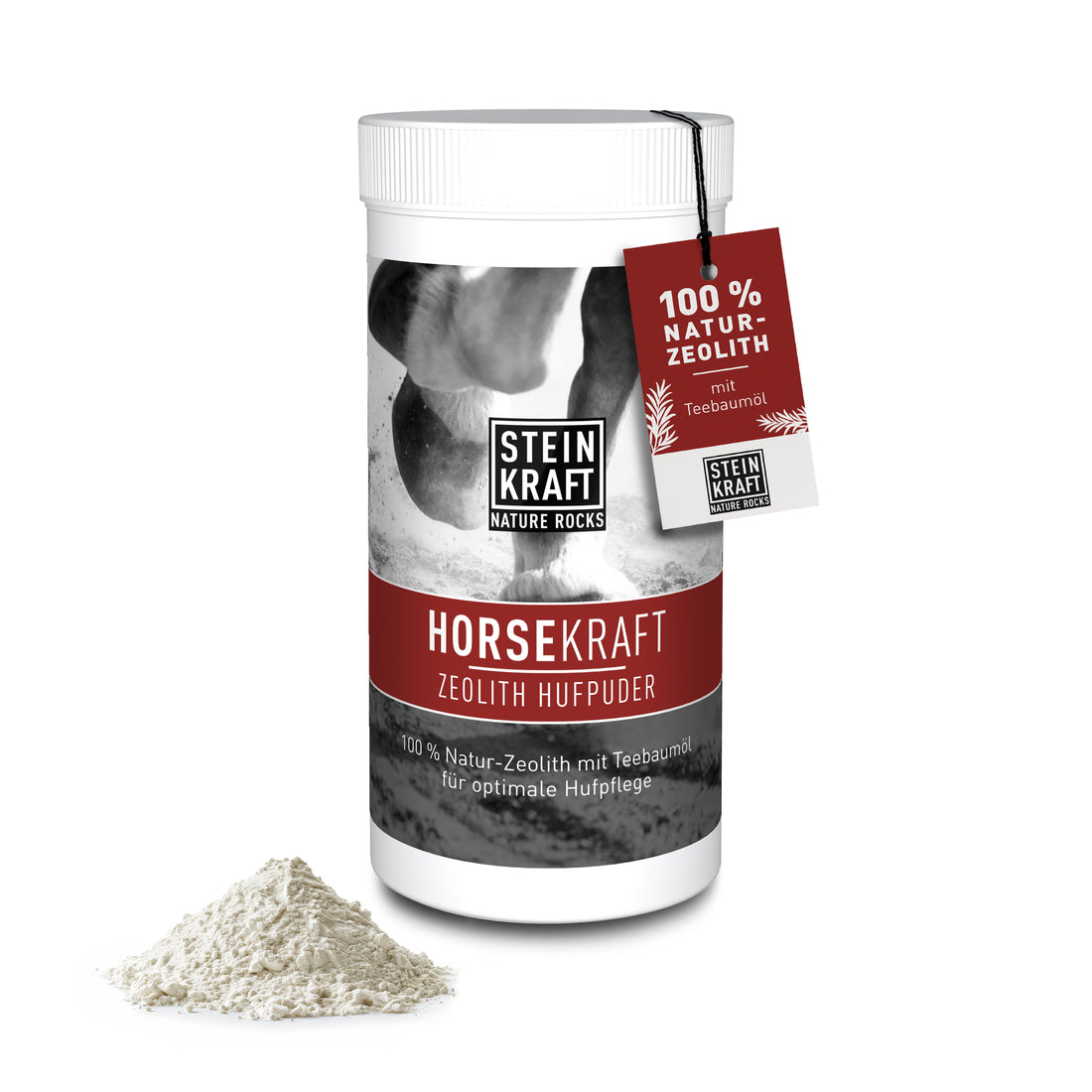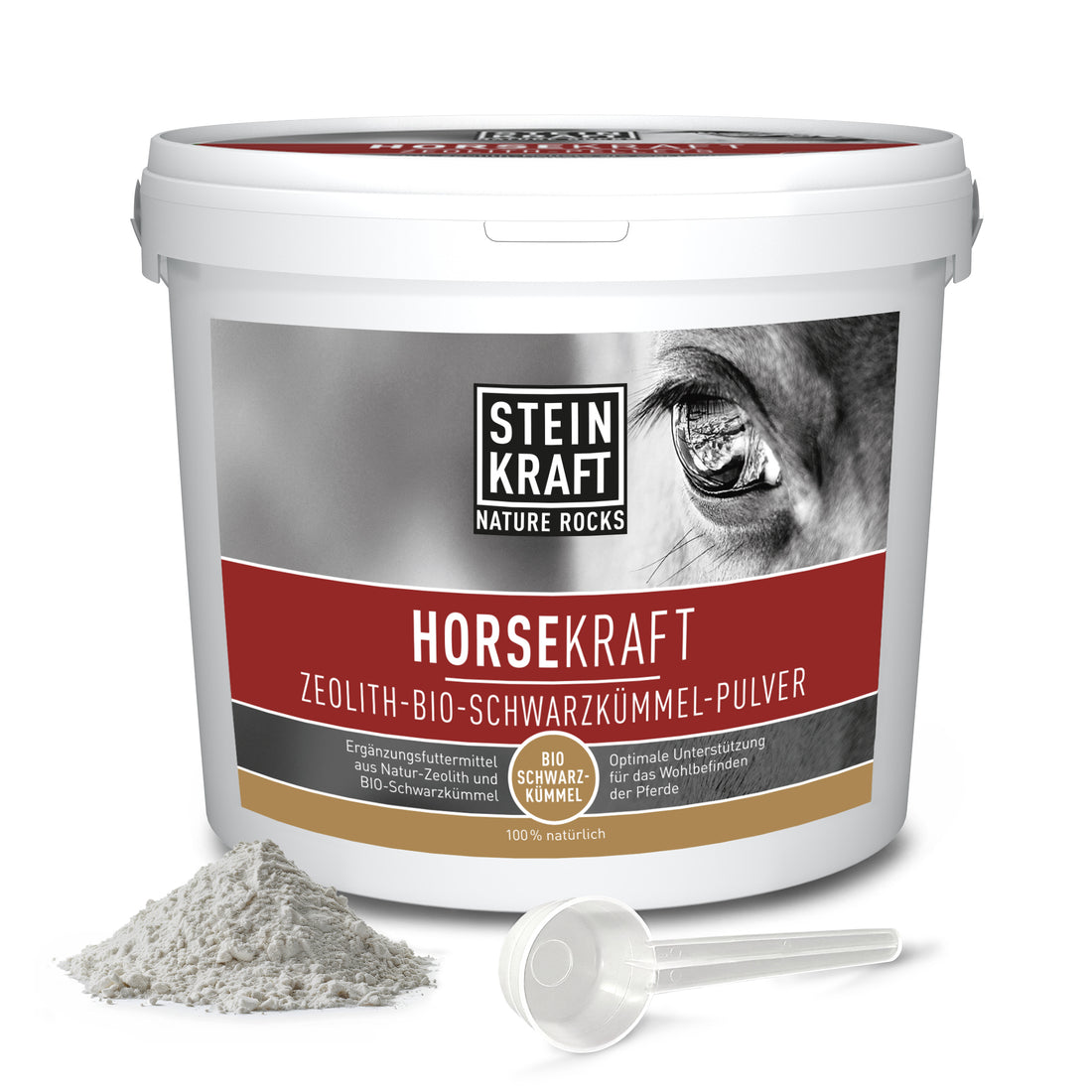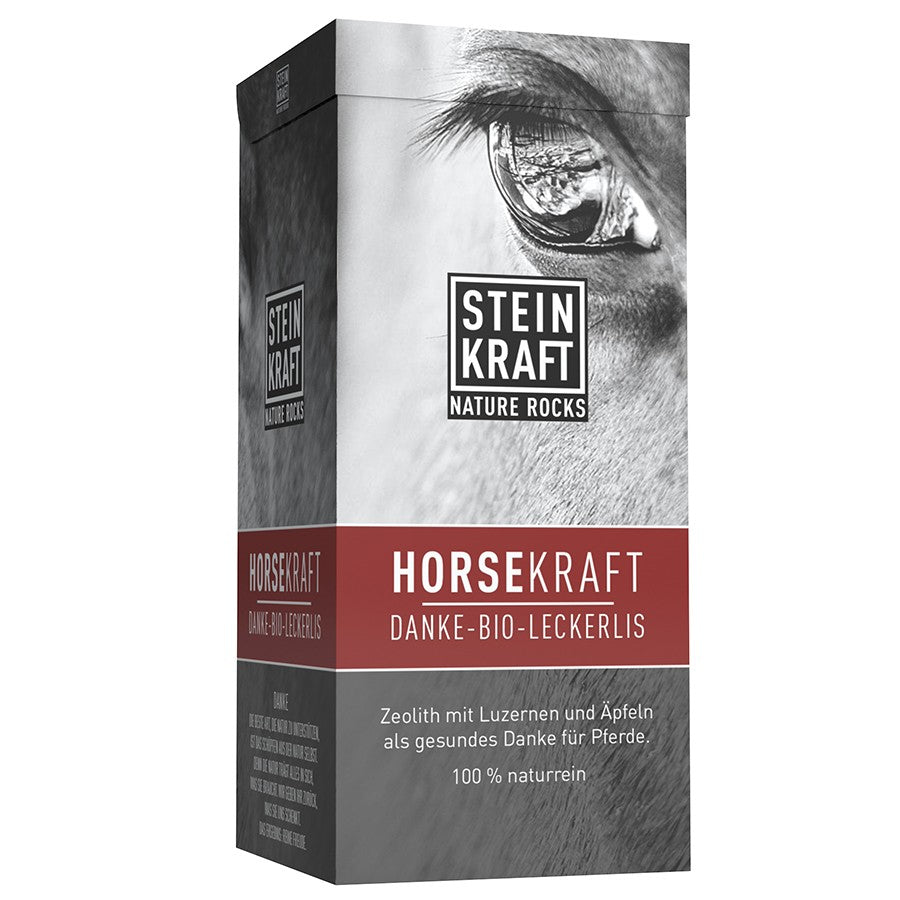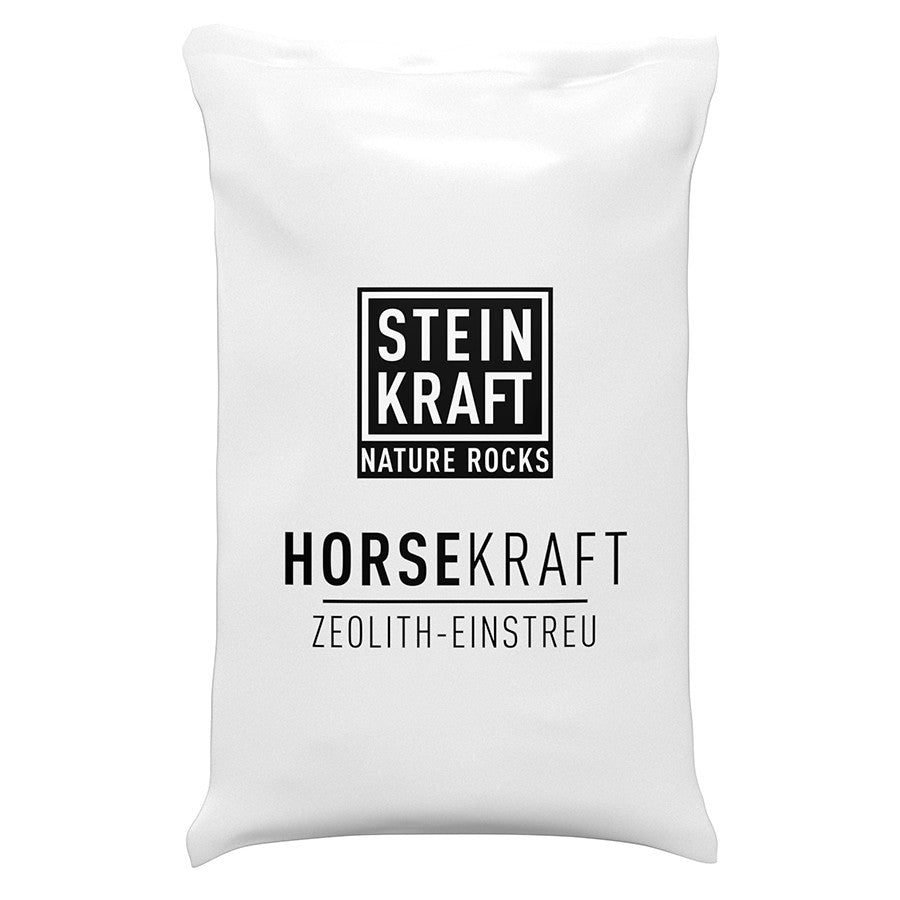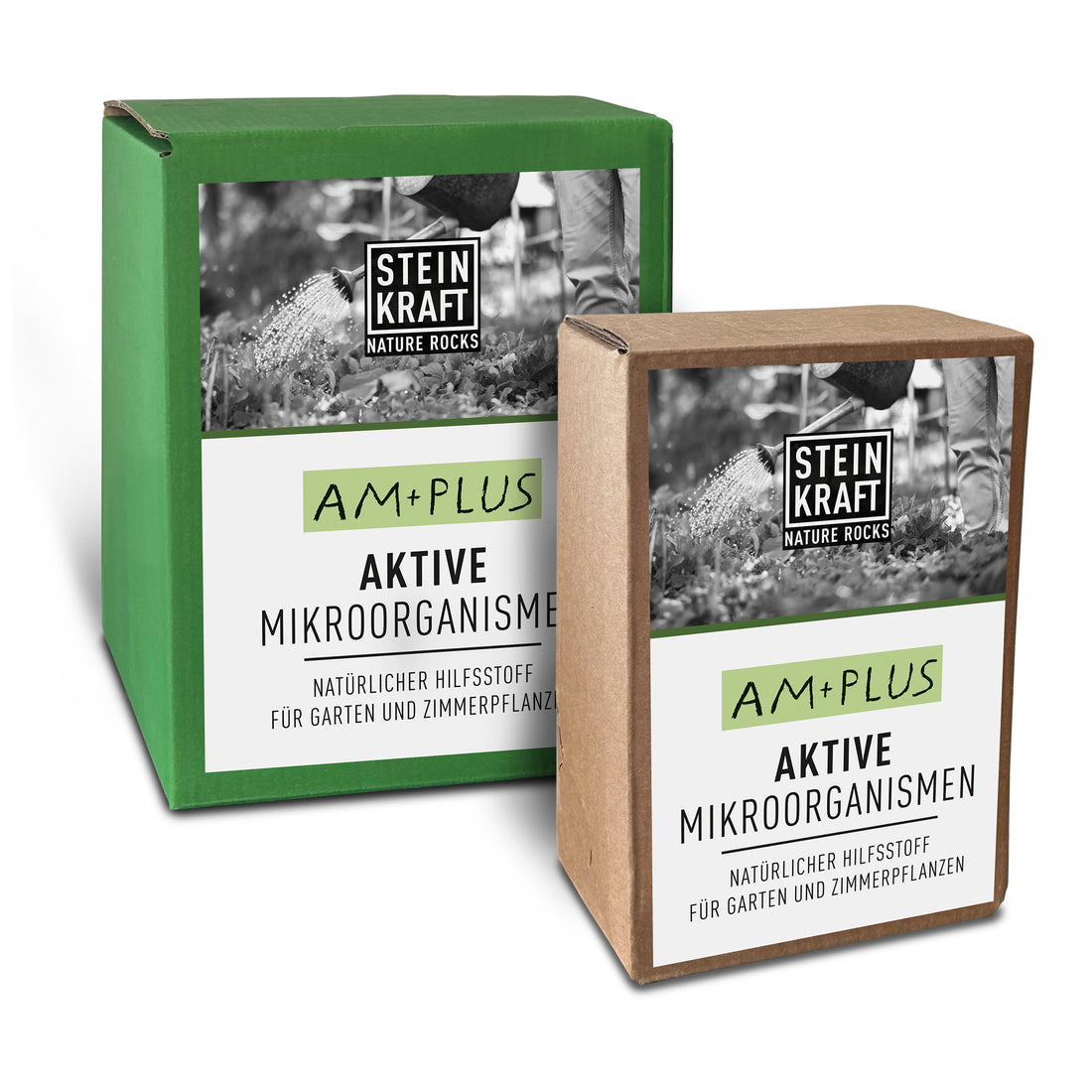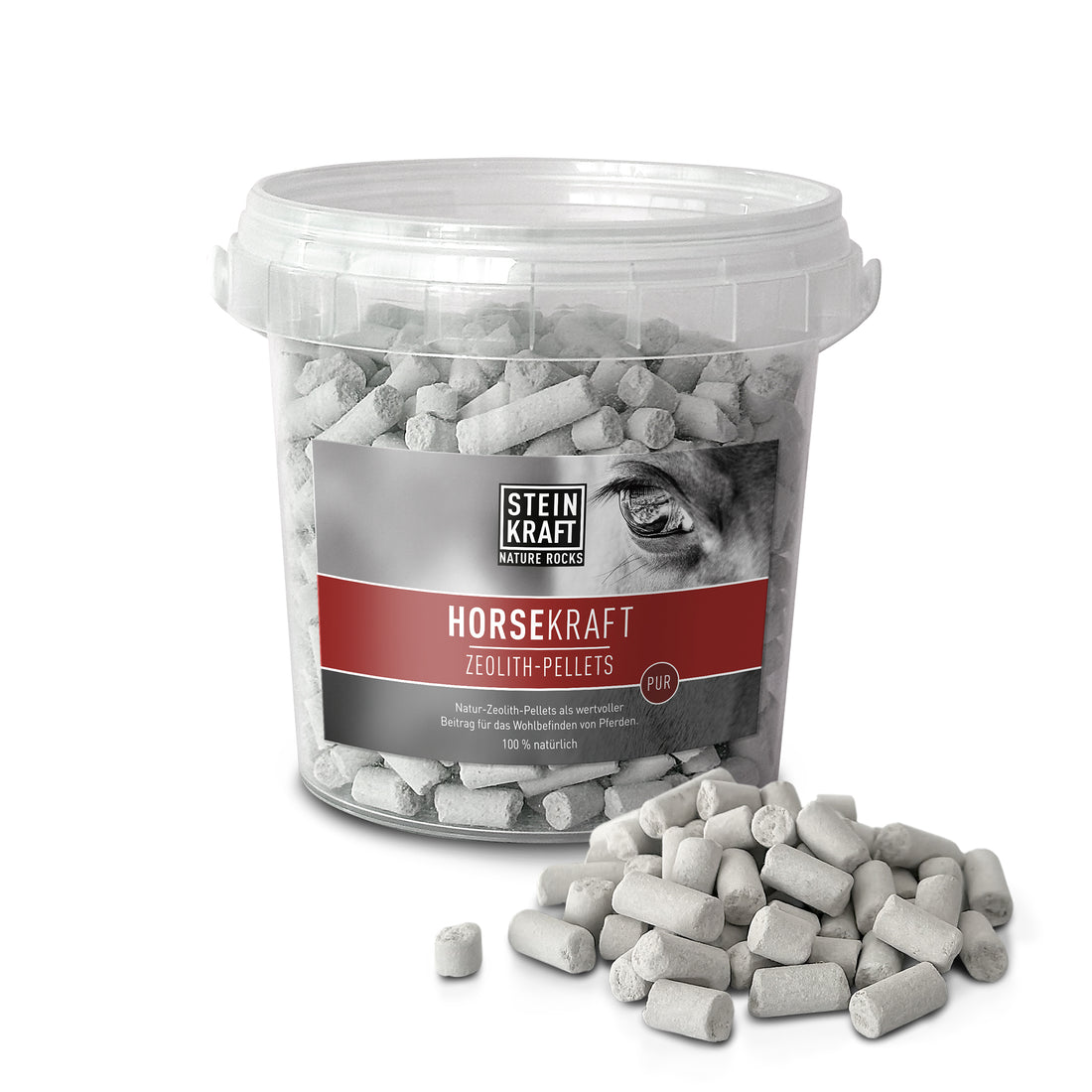Coat change in horses
Horses are not only wonderful creatures that deserve our love and attention, but also a reflection of the natural world that surrounds us. Their well-being is important to us, especially when it comes to natural processes such as their coat change. We see caring for our animals as a sustainable contribution to our planet.
Shedding is essential for horses to adapt to the changing temperatures of the seasons. This process is not only fascinating but also reveals a great deal about the health and well-being of our four-legged friends. By gaining a deeper understanding of this process, we as horse owners can improve our care practices and help our horses make this transition as comfortable as possible. It also offers the opportunity to rethink our practices and incorporate more sustainable, earth-based solutions into our horse care.
Basics of coat change
Shedding in horses is a natural, annual process that allows the animals to optimally adapt to changing climatic conditions. In spring, they shed their dense winter coat to prepare for warmer temperatures, while in autumn, the finer summer coat gives way to a thicker, warmer winter coat. This process is largely controlled by light conditions —less by temperature, as is often assumed. The change in daylight length signals to the horses that it's time to adjust their coat accordingly. This can lead to some horses starting their coat change in spring even though it's still bitterly cold outside.
Horse owners who value sustainability and love for the earth see shedding as a reminder of how closely connected we all are to the planet's natural cycles . It's a process that requires patience and teaches us to live and work in harmony with nature, rather than against it.
With this in mind, it's important to me to choose products and methods that not only benefit my horses but also protect the planet. Zeolite products, for example, which I'll discuss in more detail later, are an excellent example of such sustainable solutions. They not only offer health benefits for horses during the shedding period, but are also a sign of our commitment to the environment.
Adaptability and resilience of our horses
Shedding is therefore more than just an external process; it is a sign of our horses' adaptability and resilience and a reflection of the natural world. As responsible horse owners, it is our duty to support this process with knowledge, care, and sustainable practices. In doing so, we not only promote the health of our horses but also contribute to a greater awareness of the importance of sustainable action in our relationship with nature.
Shedding holds a special place in the heart of every horse owner who loves nature and is committed to preserving our planet. It shows us how adaptable and resilient our horses are and reminds us that we should live in harmony with natural cycles. The difference between winter and summer coats in horses is a fascinating example of the wisdom of nature, which knows exactly how to protect and support its creatures.
Winterfell
The winter coat serves as natural protection against cold and adverse weather conditions. It is significantly denser, longer, and often slightly darker than the summer coat. These properties help the horse form an insulating layer that retains body heat while keeping out cold and wet weather. The undercoat becomes denser, and the guard hairs lengthen to provide effective protection against wind and weather.
As a sustainably minded horse owner, I greatly appreciate this natural adaptation process. It reminds me of the importance of choosing products and care methods that support this natural process rather than disrupting it. For example, using natural supplements like zeolite can help promote skin health during the shedding period without harming the environment.
Summer fur
In contrast, the summer coat is much finer, shorter, and lighter. This adaptation allows the horse to efficiently dissipate excess body heat and protect itself from overheating. The thin coat also facilitates the evaporation of sweat, which supports natural cooling of the body. While this coat offers less protection against the elements than the winter coat, it is perfectly adapted to the horse's needs during the warmer months.
As someone who feels deeply connected to the earth, I admire this natural efficiency and strive to adapt my care practices accordingly. For example, it's important to provide adequate shade and fresh water during the transition to the summer coat to help horses adapt to the rising temperatures.
Factors influencing the coat change
The shedding process in horses is influenced by various factors that determine how quickly and efficiently this process occurs. The main factors include:
Lighting conditions
The length of daylight is one of the key factors in determining the onset and end of the shedding process. Horses respond to the increase or decrease in daylight, triggering hormonal changes that, in turn, regulate the shedding process. In spring, the increase in daylight causes horses to shed their winter coats, while the decreasing daylight hours in autumn signal the beginning of coat growth for the winter.
temperature
Although daylight length is the primary trigger, temperature also plays a role in shedding. Extreme temperature fluctuations can accelerate or delay the process. Horses kept primarily outdoors often adapt their coats more effectively to changing seasonal conditions than horses that spend a lot of time indoors.
Nutrition and health
The quality of the coat and the efficiency of shedding are also indicators of the horse's nutritional and health status. A balanced diet rich in essential nutrients, vitamins, and minerals supports a healthy shedding process. However, nutritional deficiencies or health problems can lead to delays or difficulties with shedding.
Age and race
Younger horses and certain breeds may shed their coats more quickly or more slowly. Older horses sometimes have difficulty shedding their coats efficiently, which may require additional care and possibly a dietary adjustment. Genetic factors also play a role, as some breeds tend to develop denser or thinner coats.
Environmental conditions
Housing conditions can also influence shedding. Horses that spend a lot of time in well-ventilated and naturally lit stables may exhibit a different shedding rhythm than horses that are primarily kept outdoors. Likewise, access to clean water and adequate housing can positively influence overall health and thus shedding.
stress
Stress, whether caused by environmental changes, social conflicts within the herd, or other factors, can negatively impact the shedding process. Stress hormones can disrupt the normal cycle and lead to irregular or delayed shedding.
Knowing and understanding these factors helps horse owners to better support their animals' coat changes and, if necessary, make appropriate adjustments in care, nutrition or housing conditions.
Challenges during coat change
Shedding in horses can present various challenges that can be demanding for both the horse and the owner. Understanding these issues is crucial to responding appropriately and ensuring the horse's well-being.
Dandruff and itching
During the shedding season, horses may experience increased dandruff and itching. This is often a result of increased activity in the hair follicles and can be exacerbated by dry skin. Regular brushing helps remove dead skin cells and loose hair, promoting skin health.
Uneven hair loss
Some horses experience uneven hair loss, with certain areas becoming bald faster than others or the new coat growing back unevenly. This can be aesthetically disturbing and, in rare cases, indicate health problems.
Delayed coat change
Sometimes the coat change can be delayed, especially in older horses or those with health problems. A delayed coat change can make the horse more vulnerable to weather conditions and may require additional support through blankets or modified stable conditions.
Identifying problems
It's important to understand each horse's normal coat change pattern to identify when abnormalities occur. Signs that may indicate problems include excessive hair loss, visible skin irritation, apathy, or changes in eating behavior. Such symptoms should not be ignored, as they may indicate more serious health issues.
Measures to support the coat change
-
Regular brushing: One of the most effective ways to support horses during the shedding period is regular and thorough brushing. This not only promotes the removal of loose hair and dandruff, but also stimulates blood circulation in the skin, which supports the growth of new hair.
-
Dietary adjustment: A balanced diet rich in essential fatty acids, vitamins, and minerals can improve skin health and support coat change. Special supplements can also be beneficial.
-
Observation and early action: If signs of a problematic shedding process appear, it's important to act early. A veterinary examination may be necessary to rule out or treat underlying health problems.
- Optimizing housing conditions: Adjusting housing conditions to minimize stress and ensure adequate ventilation and light exposure can also help facilitate shedding.
By considering these aspects, horse owners can help their animals make the transition between seasons as comfortable as possible and successfully overcome the challenges that come with the change of coat.
HOW CAN ZEOLITE SUPPORT COAT CHANGE IN HORSES?
1. Optimization of feed through zeolite
One of the most striking features of zeolite is its ability to bind contaminants and toxins in feed and thus remove them from the body. During shedding, when the horse's metabolism ramps up to shed old hair and grow new hair, removing toxins can help make this process more efficient. Reduced toxin and contaminant exposure can promote healthier skin and stronger hair regrowth.
2. Supports digestion
Zeolite can also promote digestive activity by helping to balance the pH in the digestive tract and improve nutrient absorption. Optimized digestion ensures that horses receive the necessary vitamins, minerals, and other nutrients essential for the formation of a healthy coat and supporting the shedding process.
3. Improve skin health
All of this can indirectly contribute to skin health. Healthy skin is fundamental to a healthy coat. By reducing inflammation and supporting skin function, zeolite can help the new coat grow back healthily and reduce the overall skin problems experienced by the horse during the shedding period.
4. Reducing stress
Although zeolite primarily affects physical processes in the body, the overall improvement in well-being supported by its use can help reduce the horse's stress levels. Stress is known to negatively impact the shedding process, so any measure that helps reduce stress can also positively impact the shedding process.
HOW IS ZEOLITE USED FOR SHEDDING?
When using zeolite on horses, it is mixed into the feed or sprinkled on hay. Zeolite is available in powder or pellet form. It is equally effective.
The exact dosage is adjusted to the horse's weight. 5g per horse's body weight per day.
Zeolite can be a valuable supplement to support horses during the shedding period, as a feed optimized with zeolite promotes detoxification, supports digestion, improves skin health and contributes to general well-being.
Experience reports on the use of zeolite during coat change *****
- Martina's experience report: "Since I started mixing zeolite powder into my two horses' feed, I've noticed a significant improvement during the shedding season. Less itching and a shinier coat are the results. I'm convinced of the natural support zeolite provides and will continue to use it." *****
- "I was skeptical at first, but after trying zeolite pellets, I'm impressed. My older horse always had difficulty shedding, but this year it's been much less stressful for him. His coat looks healthy, and he seems more comfortable overall. Definitely a product that does what it says it does." ***** JF
- Sophie's review: "Using zeolite powder for my mare has made a huge difference. Her coat change is now much smoother, and the usual skin problems have diminished. I also love how natural and safe it is. A great product for any horse owner!" *****
- "I've been giving my horses zeolite pellets for several months and have noticed a significant improvement in their digestion and coat condition. Especially during the shedding season, they seem less stressed, and their coats become thicker and shiny more quickly. A must-have in my horse care routine!" ***** Lu.
- Feedback from E.: " Zeolite powder has proven to be a valuable supplement to my horses' diet. Not only does their coat grow back faster and look healthier during the shedding season, but their overall vitality has also improved. I am grateful for this natural product and can recommend it to anyone who wants the best for their horses." *****
DIY recipe for fur sprays
DIY Coat Spray Recipe 1: For flaky patches
Ingredients:
- 300 ml water (preferably distilled)
- 2 tablespoons of zeolite powder (to support skin health and for gentle cleansing)
- 50 ml apple cider vinegar (soothing, antibacterial, and helps balance the skin's pH)
- 30 ml Active Microorganisms (promote healthy skin flora and support regeneration)
- 2 tsp aloe vera gel (moisturizes and soothes the skin)
- 5 drops of tea tree essential oil (optional, has antiseptic and anti-inflammatory properties)
Preparation:
1. Place the zeolite powder in a bowl with 300 ml of distilled water and stir thoroughly until the powder is completely dissolved.
2. Add the apple cider vinegar and active microorganisms and stir the mixture evenly.
3. Add the aloe vera gel to the liquid and mix well until evenly distributed.
4. Optional: Add 5 drops of tea tree essential oil to enhance the effect on flaky areas.
5. Pour the mixture into a clean spray bottle and shake well before each use.
Application:
- Shake vigorously before use.
- Spray this mixture directly onto the flaky areas of the coat.
- Gently massage into the skin to promote the absorption of the active ingredients.
- Leave on for 10-15 minutes and wipe off with a clean, damp cloth if necessary.
Note: The spray should be applied to the affected areas 2-3 times a week to soothe the skin, reduce flaking and support skin regeneration.
DIY Coat Spray Recipe 2: "Spring-Fresh Coat Care"
Ingredients:
- 500 ml water (preferably distilled)
- 2 tablespoons of zeolite powder (for cleansing and strengthening)
- 50 ml apple cider vinegar (for disinfection and shine)
- 20 ml Active Microorganisms (to support the skin flora)
- 5 drops of lavender essential oil (optional, for calming and a pleasant scent)
Preparation:
1. Add the zeolite powder to the distilled water and stir thoroughly until the powder is well distributed.
2. Add the apple cider vinegar and the active microorganisms and mix the solution gently.
3. Optional: Add a few drops of lavender essential oil to give the spray a pleasant scent.
4. Pour the mixture into a spray bottle and shake well before applying the spray to your horse's coat.
Application:
Shake well before use and spray onto clean, dry fur. Gently massage in and wipe off with a soft cloth if necessary.
DIY Coat Spray Recipe 3: "Natural Protection & Shine Spray"
Ingredients:
- 400 ml water (preferably distilled)
- 3 tablespoons of zeolite powder (for cleansing and revitalization)
- 80 ml apple cider vinegar (for gentle cleansing and shine enhancement)
- 30 ml Active Microorganisms (to support skin health)
- 10 drops of tea tree essential oil (optional, for additional protection and skin care)
Preparation:
1. Mix the zeolite powder with the water in a bowl and stir evenly until the powder is completely dissolved.
2. Add the apple cider vinegar and mix the solution again.
3. Add the active microorganisms and stir gently to combine the ingredients well.
4. Optional: Add a drop of tea tree essential oil to further enhance the effect on the skin.
5. Pour the mixture into a spray bottle and shake vigorously before each use.
Application:
Shake well before use. Spray generously onto the coat, especially on areas subject to stress. Gently massage in and allow to dry.
These coat sprays care for your horse's coat, support the natural coat change and have a gentle cleansing and strengthening effect thanks to the combination of natural zeolite , microorganisms and apple cider vinegar.
Questions from horse owners about supporting coat change with zeolite:
1. How exactly does zeolite support my horse during the coat change?
Due to its unique ability to bind toxins and transport them out of the body, zeolite can positively influence the coat change. It helps improve the excretion of toxins, which can contribute to healthier skin and stronger coat growth. It also supports digestion and can thus optimize the nutrient absorption necessary for healthy coat growth.
2. In what form should I administer zeolite, and is there a difference between powder and pellets?
Zeolite is available in both powder and pellet form. The choice depends on your personal preference and your horse's feeding habits. Powder is easier to mix into the feed and allows for more precise dosing, while pellets may be more attractive to some horses and are easier to administer. The effectiveness of zeolite is the same in both forms.
3. What dosage of zeolite is recommended for my horse during the coat change?
We recommend using the horse's body weight as a guide. And please don't be surprised why we recommend so little zeolite. HORSEKRAFT zeolite is very fine, making it very effective. The finer the powder, the larger the surface area, and the more pollutants it can bind.
Read more about dosage recommendations here >>>
4. How long should I give my horse zeolite during the coat change?
Zeolite can be administered throughout the shedding period for optimal results. Some owners choose to continue the supplementation beyond this period to permanently optimize the feed and support the horse's well-being. Others give it a spring treatment. Observe how the horse responds.
5. Are there any side effects when using zeolite for my horse?
Zeolite is considered safe for use in horses. It is even certified as a feed additive.
Since it is a natural mineral that binds harmful substances and thus supports digestion and detoxification, side effects could be that it stimulates the digestion, harmonizes it, makes the horse more lively if it was previously too weak or more balanced if it was not feeling well due to internal disharmonies.
If you're unsure, or if your horses have special health conditions or are taking medication, discuss it with your veterinarian beforehand. Not all veterinarians are always on the natural side, but that's a given anyway.
6. Can I combine zeolite with other supplements or medications?
In most cases, zeolite can be safely combined with other supplements. However, it should be noted that zeolite has the ability to bind substances, which could theoretically affect the absorption of concomitantly administered medications or supplements. To be on the safe side, it is recommended to administer zeolite at a different time of day than other medications or supplements, and consult a veterinarian if in doubt.
7. What symptoms can horses show during their coat change?
During the shedding process, horses may exhibit a number of symptoms or behavioral changes that indicate this natural process. Here are some of the most common symptoms horses may experience during the shedding process:
-
Increased shedding: One of the most obvious signs is increased shedding when the horse changes from its winter coat to its summer coat, or vice versa. This can lead to a visible buildup of loose hair in the stable, pasture, or on grooming equipment.
-
Itching: Many horses experience increased itching during the shedding season. This can lead to them rubbing themselves more frequently against fences, trees, or other objects to relieve the itching.
-
Dandruff: The skin may be drier than usual during the shedding period, which can lead to increased dandruff formation. This can be especially noticeable when brushing the horse.
-
Uneven coat: Sometimes the coat can look uneven, with bald patches or areas where the new coat grows back faster or slower.
-
Changed coat texture: The new coat may initially have a different texture before it fully settles in. The winter coat is typically thicker and longer, while the summer coat is finer and shorter.
-
Altered feed intake: Some horses may exhibit altered feed intake during shedding, either through increased appetite as more energy is required for the process, or through decreased appetite due to stress or discomfort.
-
Tiredness or reduced performance: The additional energy required for shedding can cause some horses to appear more tired or to temporarily exhibit reduced performance.
It's important to note that these symptoms are usually normal and temporary. However, you should be alert for signs that could indicate an underlying health condition, especially if symptoms such as persistent, severe itching, skin irritation, or significant changes in the horse's behavior or general condition occur.
Want to read more about zeolite for horses ? Click here >>>


